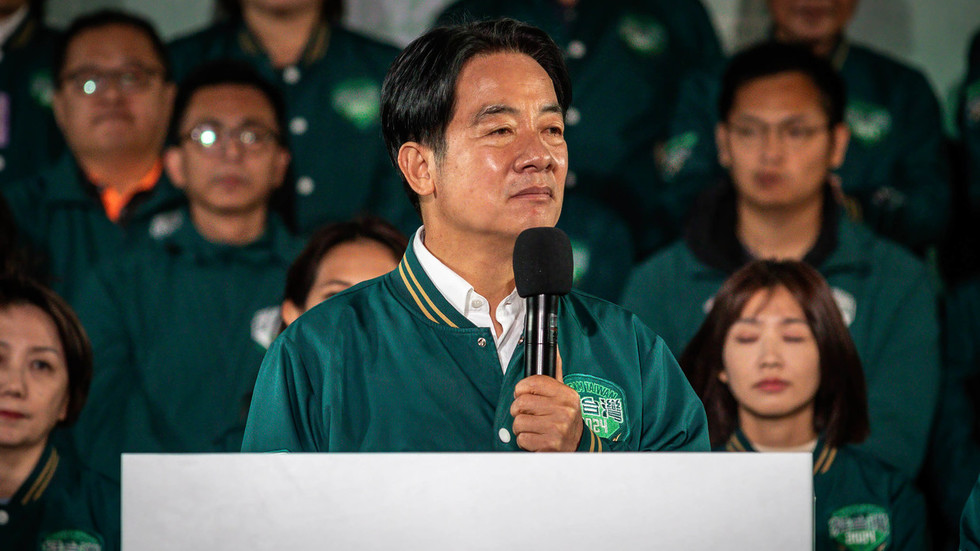As United States President Donald Trump blasts his way through tariff announcements, one thing is clear, experts say: Some level of duties is here to stay.
In the past few weeks, Trump has announced a string of deals – with the European Union, Japan, Indonesia, Vietnam and the Philippines – with tariffs ranging from 15 percent to 20 percent.
He has also threatened Brazil with a 50 percent tariff, unveiled duties of 30 percent and 35 percent for major trading partners Mexico and Canada, and indicated that deals with China and India are close.
How many of Trump’s tariff rates will shake out is anybody’s guess, but one thing is clear, according to Vina Nadjibulla, vice president of research and strategy at the Asia Pacific Foundation of Canada: “No one is getting zero tariffs. There’s no going back.”
Trump’s various announcements have spelled months of chaos for industry, leaving businesses in limbo and forcing them to pause investment and hiring decisions.
The World Bank has slashed its growth forecasts for nearly 70 percent of economies – including the US, China and Europe, and six emerging market regions – and cut its global growth estimate to 2.3 percent, down from 2.7 percent in January.
Oxford Economics has forecast a shallow recession in capital spending in the Group of Seven (G7) countries – Canada, France, Germany, Italy, Japan, the United Kingdom and the US – lasting from the second quarter to the third quarter of this year.
“What we’re seeing is the Donald Trump business style: There’s lots of commotion, lots of claim, lots of activity and lots of b*******,” Robert Rogowsky, professor of international trade at the Middlebury Institute of International Studies, told Al Jazeera.
“That’s his business model, and that’s how he operates. That’s why he’s driven so many of his businesses into bankruptcy. It’s not strategic or tactical. It’s instinctive.”
Rogowsky said he expects Trump to push back his tariff deadline again, after delaying it from April to July, and then to August 1.
“It’s going to be a series of TACO tariffs,” Rogowsky said, referring to the acronym for “Trump Always Chickens Out”, a phrase coined by Financial Times columnist Robert Armstrong in early May to describe the US president’s backpedalling on tariffs in the face of stock market turmoil.
“He will bump them again,” Rogowsky said. “He’s just exerting the image of power.”
Trump’s back-and-forth policy moves have characterised his dealings with some of the US’s biggest trade partners, including China and the EU.
China’s tariff rate has gone from 20 percent to 54 percent, to 104 percent, to 145 percent, and then 30 percent, while the deadline for implementation has shifted repeatedly.
The proposed tariff rates for the EU have followed a similar pattern, going from 20 percent to 50 percent to 30 percent, and then 15 percent following the latest trade deal.
The EU’s current tariff rate only applies to 70 percent of goods, with a zero rate applying to a limited range of exports, including semiconductor equipment and some chemicals.
European steel exports will continue to be taxed at 50 percent, and Trump has indicated that new tariffs could be on the way for pharmaceutical products.
Despite the trade deals, many details of how Trump’s tariffs will work in practice remain unclear.
Whether Trump announces more changes down the track, analysts agree that the world has entered a new phase in which countries are seeking to become less reliant on the US.
“Now that the initial shock and anger [at Trump policies] has subsided, there is a quiet determination to build resilience and become less reliant on the US,” Nadjibulla said, adding that Trump was pushing countries to address longstanding issues that had been untouchable before.
Canada, for instance, is tackling inter-provincial trade barriers, a politically sensitive issue historically, even as it looks elsewhere to increase exports, said Tony Stillo, director of Canada Economics at Oxford Economics.
“It would be foolhardy not to provide to the US, seeing as it’s our largest market, but it also makes us more resilient to provide to other markets as well,” Stillo told Al Jazeera.
Canadian Prime Minister Mark Carney has reached out to the EU and Mexico and indicated his wish to improve his country’s strained relations with China and India.
This month, Canada expanded its exports of liquified natural gas beyond the US market, with its first shipment of cargoes to Asia.
To mitigate the fallout of Trump’s tariffs, Ottawa has been offering relief to Canadian businesses, including automakers, and has instituted a six-month pause on tariffs on some imports from the US to give firms time to re-adjust their supply chains.
There is also “some relief” in the fact that other countries “don’t seem to be imitating the Trump show [by levying their own tariffs]. They’re witnessing this attempt to strong-arm the rest of the world, but it doesn’t seem to be working,” Mary Lovely, the Anthony M Solomon senior fellow at the Peterson Institute for International Economics (PIIE), told Al Jazeera.
But the world is watching how the tariffs will affect the US economy, as “that will also be instructive to other countries”, Lovely said.
“If we see a slowdown, as we expect, it becomes a cautionary tale for others.”
Although the US stock market is near an all-time high, it is heavily weighted towards the “magnificent seven”, said Lovely, referring to the largest tech companies, and that reflects just one part of the economy.
Re-emergence of industrial policy
Trump’s tariffs come on top of other growing challenges for exporters the world over, including China’s subsidy-heavy industrial policy that allows its businesses to undercut its competitors.
“We’ve entered a period of global economic alignment with the reintroduction of industrial policies,” Nadjibulla said, explaining that more and more governments are likely to roll out support for their domestic industries.
“Each country will have to navigate these and find ways to de-risk and reduce overreliance on the US and China.”
Still, countries seeking to support their homegrown industries will have to do so while reckoning with the World Trade Organization and rules-based trade agreements such as the Comprehensive and Progressive Agreement for Trans-Pacific Partnership, Nadjibulla said.
“It will take some tremendous leadership around the world to corral this wild mustang [Trump] before he breaks up the world order,” Rogowsky said.
“But it will break because I do think Donald Trump will drive us into a recession.”

 13 hours ago
1
13 hours ago
1









 English (US) ·
English (US) ·